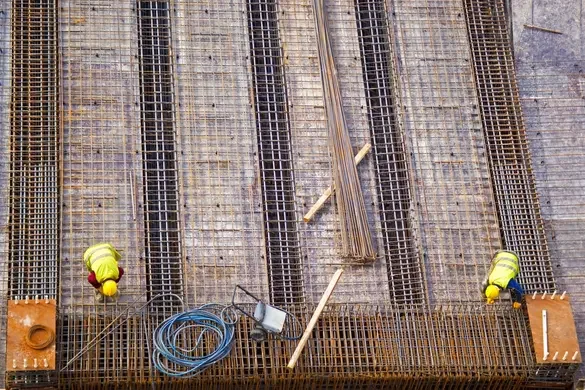How Does Leasing Composite Mats Reduce Company Overhead?
Managing equipment access in remote or rugged environments can be expensive, especially when ground conditions are unpredictable. For many companies, leasing composite mats instead of purchasing them outright is a smart way to reduce overhead while still securing dependable site access. This approach gives teams the flexibility to meet project demands without long-term storage, maintenance, or capital investment concerns, all while adapting to changing job requirements with ease.
Lower Upfront Costs
One of the most immediate benefits of leasing composite mats is avoiding the high initial purchase price. Buying large quantities of mats typically requires a significant capital investment, which can strain budgets for small to mid-size contractors. Leasing allows businesses to allocate resources more effectively, paying only for what’s needed when it’s needed. This frees up funds for other priorities, like equipment upgrades, staffing, or expanding service offerings.
No Storage or Maintenance Costs
Owning composite mats comes with logistical burdens. When not in use, they must be stored properly to avoid unnecessary wear or damage. Maintenance becomes another concern, especially if mats are frequently exposed to heavy machinery or harsh conditions. Leasing eliminates ownership responsibilities. Once the job is complete, mats are returned without the need for cleaning, repair, or warehousing, reducing long-term costs and operational hassle.
Flexibility for Seasonal or One-Time Projects
Some industries operate on highly seasonal timelines. Pipeline installation, utility maintenance, and certain construction phases may only need composite mats for a few months out of the year. Leasing lets companies scale access solutions based on current workloads rather than investing in a permanent fleet. This model works well for contractors who handle diverse projects across multiple locations, where owning mats might not make sense or offer a financial return.
Job-Specific Adaptability
Leasing composite mats gives companies the option to select the right mat type for each job. From lightweight options for pedestrian access to heavy-duty mats designed for cranes and tracked vehicles, leasing partners often offer a variety of choices. That adaptability is critical when ground conditions vary from site to site. Companies can request the best configuration for each project without being limited by the inventory they own.
Key Benefits of Leasing Composite Mats
Reduces capital expenses
Avoids storage and maintenance logistics
Improves flexibility for short-term projects
Access to a wide range of mat types
Simplifies project budgeting and planning
Real Savings Across the Project Lifecycle
For a construction firm operating across multiple states, leasing composite mats can streamline budgeting and lower risk. Instead of purchasing and tracking assets, the company coordinates directly with the leasing provider, who handles delivery and pickup. This reduces the need for in-house transportation and frees staff to focus on the job itself. Over time, the reduction in maintenance costs and idle inventory helps improve profit margins while supporting project scalability.
Leasing composite mats is a practical approach to smarter project management and financial suitability. For companies that value flexibility, efficiency, and control over expenses, leasing provides a scalable solution that keeps operations moving without the burden of ownership.
